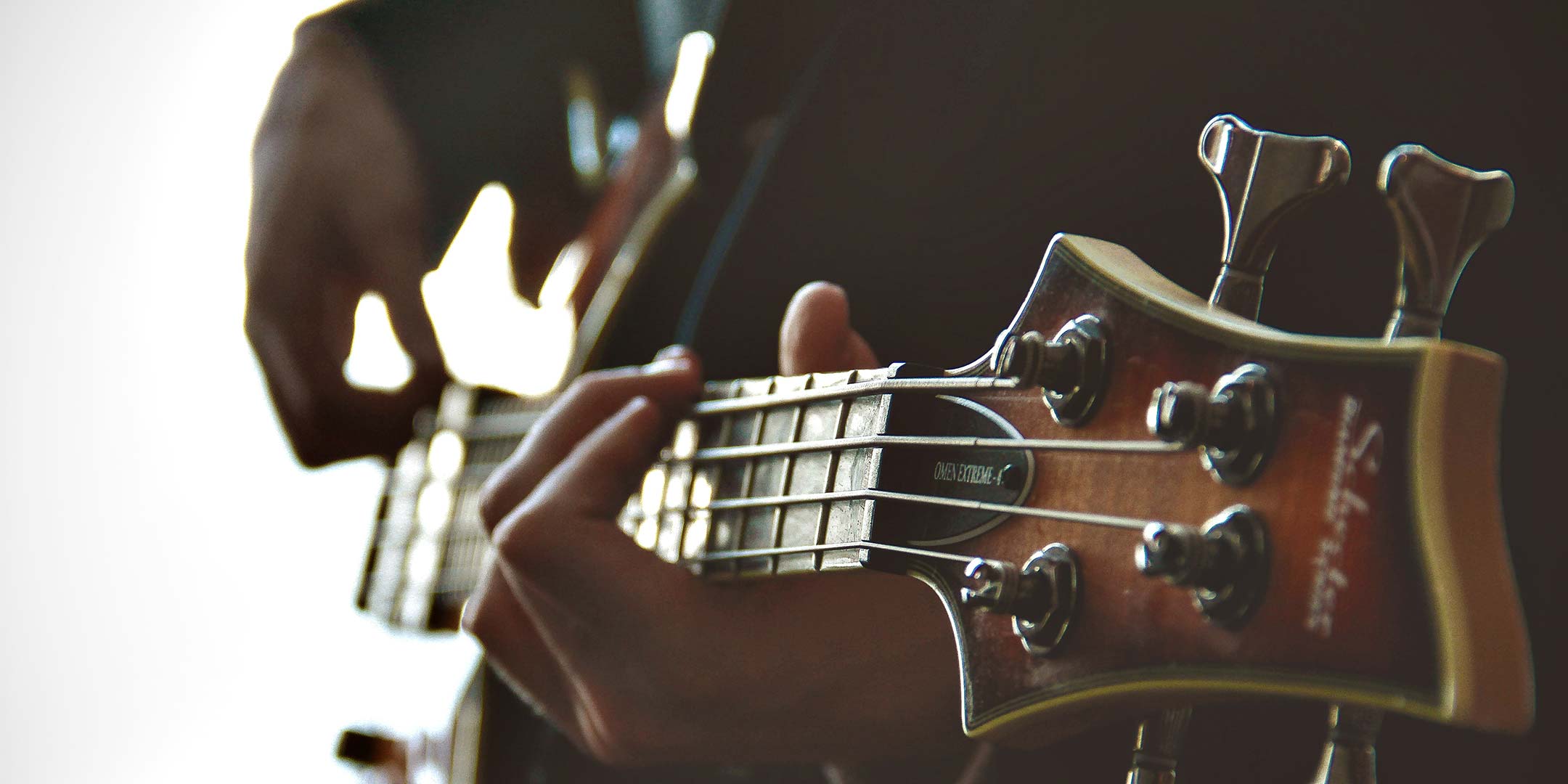What you will learn?
How to play beginner bass notes and beginner bass scales used in popular bass lines and bass licks
All the fundamental techniques of bass playing including how to play bass with a pick or fingers and how to play using alternate picking, slides and hammer-ons
How to read bass music for beginners and how to read bass tab for beginners
Bass theory for reading key signatures, time signatures, intervals, sharps and flats, ties, rests, triplets and syncopation
How to tune bass
Bass tips and bass tricks that every player should know when learning bass guitar
Shortcuts for how to learn bass fast by getting the most from bass practice sessions
About this course
Perfect for absolute beginner beginner bass players.
This course is an informative introduction to playing the Bass. Includes all the essential techniques and music fundamentals as they apply to bass playing. This dynamic course features step-by-step guidance with real music examples, and comes complete with audio and video resources to make learning easy and enjoyable. Explore exciting topics like The Half Rest, The Slide, The Eighth Rest, designed to spark creativity and a lifelong love of music.
Introduces the foundations of playing bass guitar, covering music notation, note theory, scales, riffs, and arpeggios.
This course in a printable PDF format
Effective skill development involves setting goals, adjusting them as needed, and allocating practice time to learn new material and revise past work.
The anatomy of bass guitars includes various parts and diagrams explaining their structure.
Amplifiers are categorized into combo and stack configurations, distinguished by their distinct features.
Introduces techniques for selecting and maintaining guitar strings for various tones and playing approaches.
Tuning techniques are covered, including the application of electronic tuners and smartphone apps to achieve accurate pitch and ease of use.
Optimal playing positions for bass playing are covered, including seated and standing techniques.
Fingerstyle and plectrum techniques are introduced, covering right-hand mastery and comparing benefits of both methods.
Techniques for optimal left-hand placement in bass playing are covered.
Traditional music notation and tablature are covered, including reading fretboard positions and time values.
Traditional music notation covers the staff, bass clef, note values, and time signatures such as 4/4.
Fretboard diagrams are introduced, featuring grids of notes with dots indicating finger placement and string selection.
Timing is developed through practice with a device producing continuous beats, adjustable for tempo control and improved accuracy.
Notes and chords for string instruments are introduced, covering fundamental concepts like quarter and whole note playing.
Covers music notation symbols for metronome, fingering, and pick motion, staff indicators for counting, finger placement, and picking directions.
Introduces playing notes D, E, and F on the second string, as well as understanding half notes in music.
Identifies and plays notes on the third string, covering A, B, and C notes, while developing left-hand fingerings.
The 4th string (E String) is covered, with focus on E, F, and G notes, finger placement, and playing techniques.
The blues chord progression is covered, including the iconic 12-bar structure and its applications in well-known songs.
Sharp and flat signs in music notation are explained, along with their impact on note pitch and reading.
The major scale's structure and sound are covered, along with application to playing a C major scale.
The fundamental concept of an octave, including its range of eight notes in a major scale, is explained.
Introduces the chromatic scale, its relationship to tuning a bass, and enharmonic notes' positions on the fretboard.
Introduces techniques for playing all strings on a bass fretboard, covering open notes to 12th fret and recognizing octave patterns.
The G major scale pattern, its variations, and first and second endings are covered.
Ties in traditional notation enable creation of syncopation and off-beat rhythmic effects.
Rests in music cover various types, such as half, quarter, and eighth rests, used for shaping rhythm and achieving specific effects.
Covers the application of eighth rests, ties, and accents in creating syncopated rhythms.
Playing bass lines involves using techniques such as root notes, riffs, arpeggios, and walking bass, with an emphasis on creating your own melodies.
Arpeggiating major, minor, and seventh chords involves playing broken chord shapes in various patterns across the fretboard.
Accurate pitch recognition and self-adjustment methods for precise note production are covered.
Tuning techniques use the instrument as a reference for harmonious notes and accurate pitch.
Music fundamentals, coordination, and rhythm studies are covered in beginner-friendly lessons introducing various instruments.











“Very enjoyable and easy to understand. I have never played any instrument in my life, I'm in my forties. I can say it's been a real pleasure learning to play my bass.”